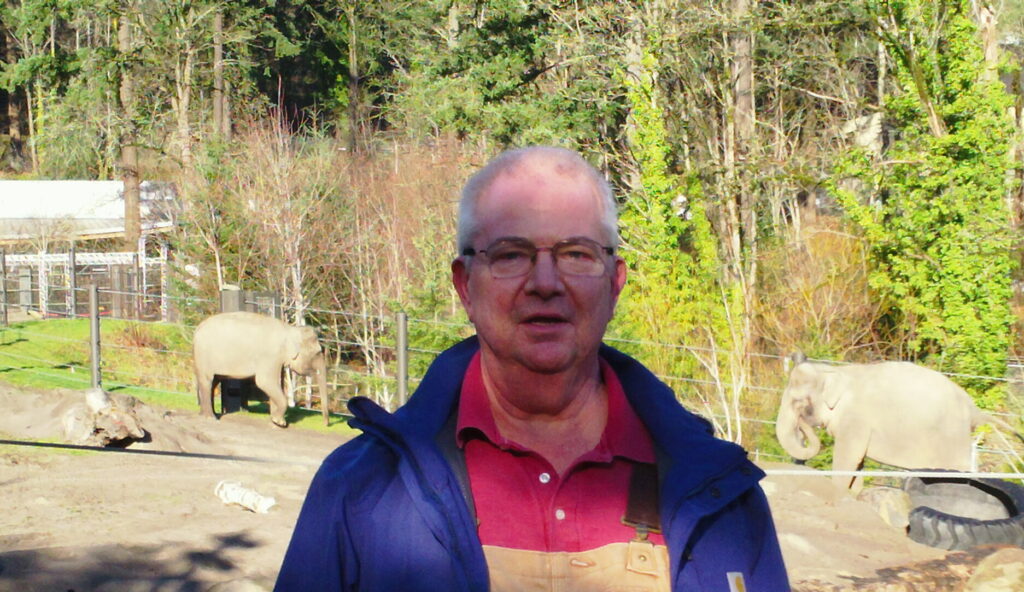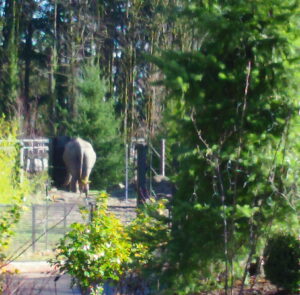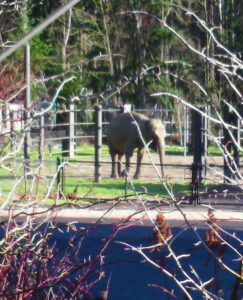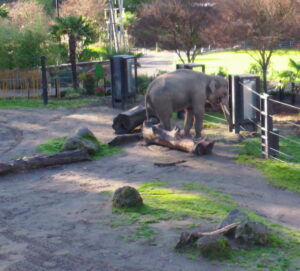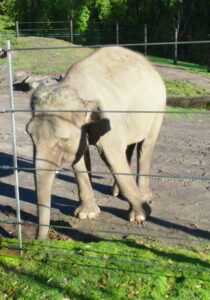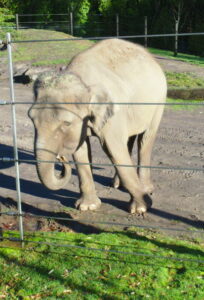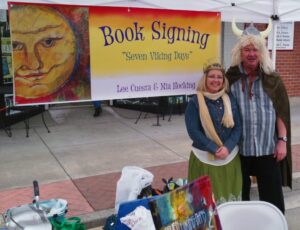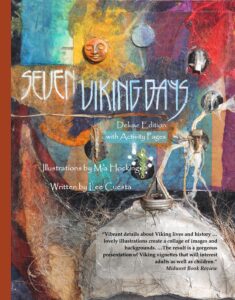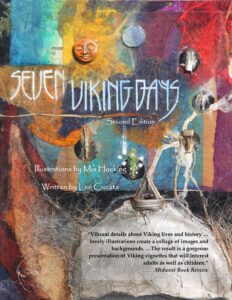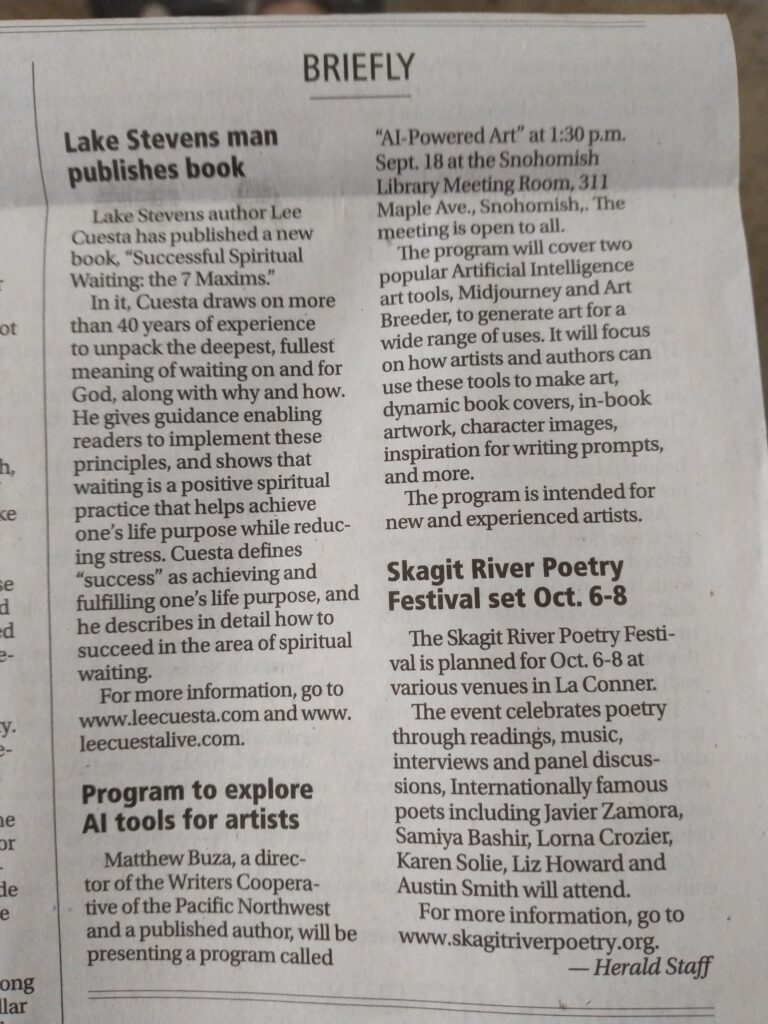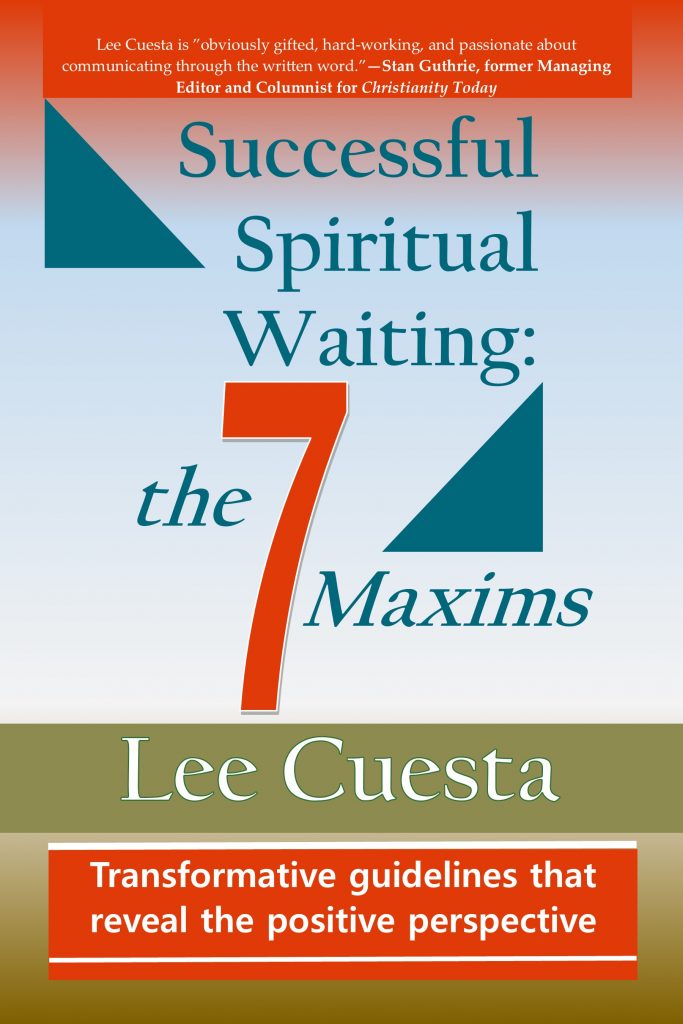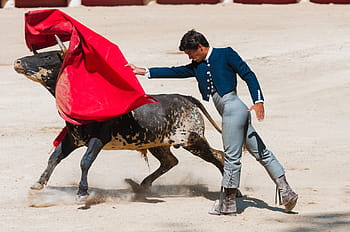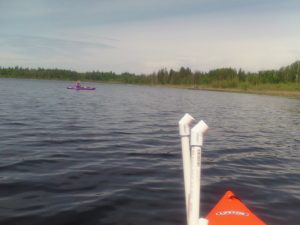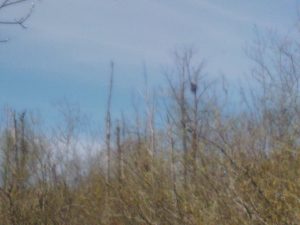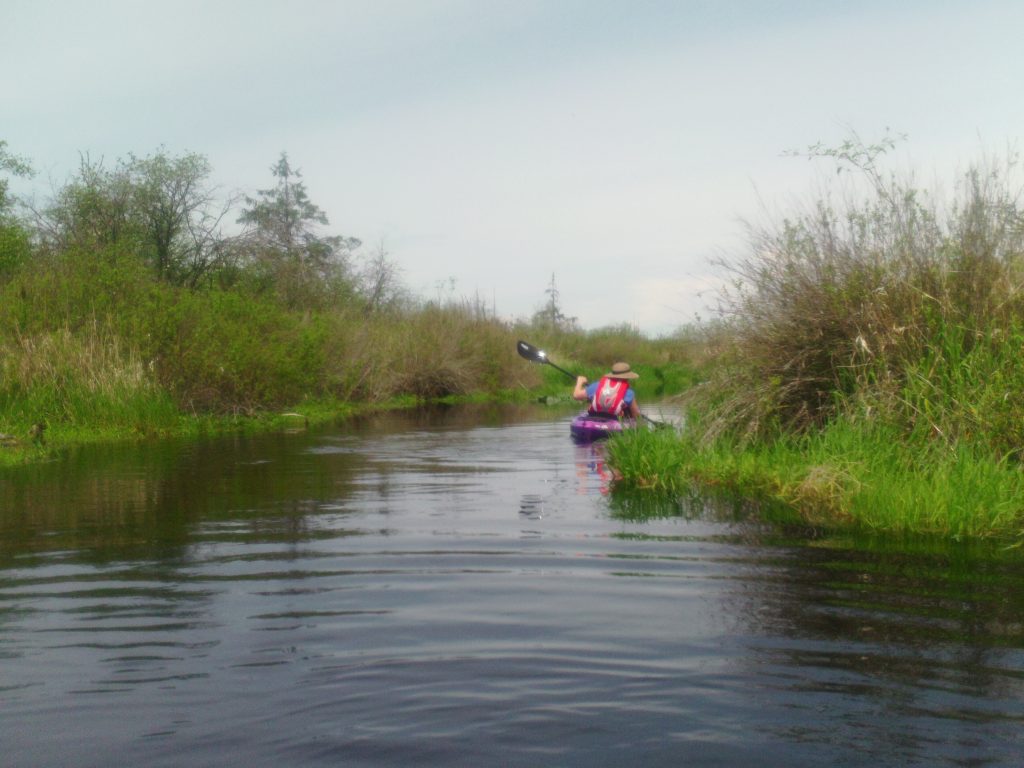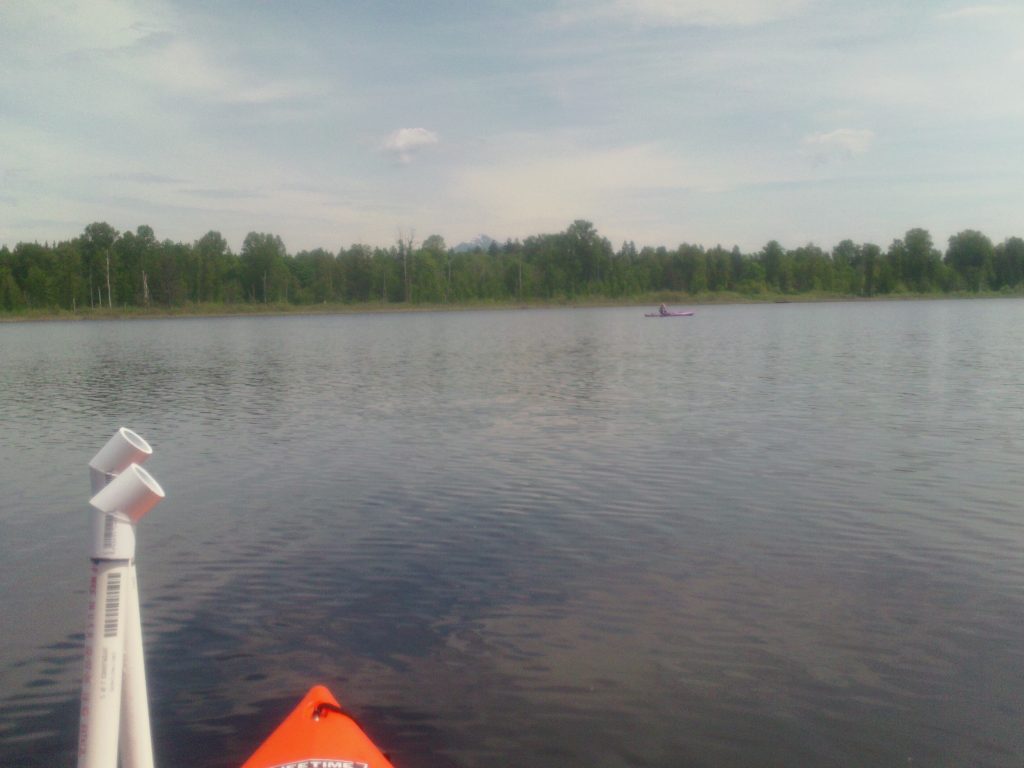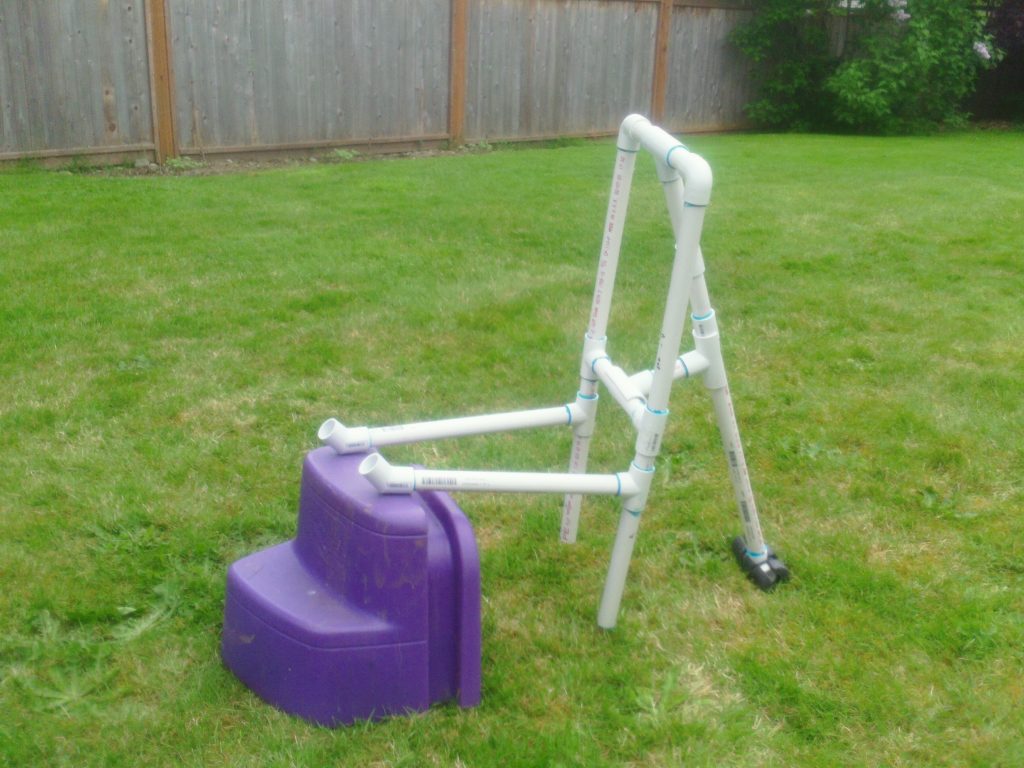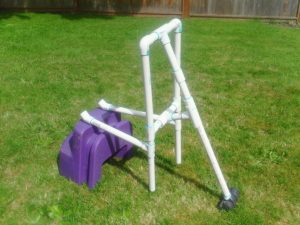Note from Lee Cuesta: Because today is 11-11, it is appropriate and timely that I post this excerpt from my book, Successful Spiritual Waiting: the 7 Maxims. It is a thorough exploration of the “11:11” phenomenon. The following excerpt is from Maxim 4, which is “I and my life are in Perfect Alignment at this moment.” Furthermore, today is 11-11-22, and of course, 22 = 11+11. Quite significant.
My oldest son, whose career puts him in front of a computer screen for most of his workday, takes screen shots every time he spontaneously glances 11:11 in the lower, right-hand corner. Likewise, I sometimes make a note of these moments. For instance, on February 7 last year, I glanced at my digital watch, and it was 11:11:11. How awesome! This year, I saw 11:11 AM on 11-1 (November 1). Recently, I spontaneously observed 11:11 on our digital kitchen timer while counting down, backwards! Of course, I catch sight of 11:11 on digital clocks many more times than I can remember. Perhaps you do, too.
On May 6 of this year, my daughter sent me a text, in response to one I sent her. She was living in New York City at the time, and I am on the West Coast. This is what her text said: “Ok! You texted right on 11:11. Impressive :)” Then I replied: “Guess what? I noticed that, too! Although it was 8:11 here, but I realized it would be in NY. I’m glad! Very significant :)” So even with the time zone difference between Eastern Time and Pacific Time, 11:11 appears spontaneously.
Whenever my wife unexpectedly sees 11:11, she announces “once: once,” because “once” is the Spanish word for “eleven.” By the way, that’s the title of my novel: “Once: Once.”
When my wife closed her account with a local credit union, she received a check for the remaining balance. I’m sure you could guess the amount: $11.11.
What do these parallel lines represent? Sometimes I see them as parallel roadways or corridors. Sometimes I see them as open channels, or conduits. No matter how I visualize them, these parallel lines represent Perfect Alignment. Those parallel lines, 11:11, are perfectly aligned. And so whenever I spontaneously glance 11:11 on a digital clock, I can claim the promise that “At this moment, my life is in perfect alignment.”
I may not feel it, when I see 11:11 on the clock. For example, I recently glimpsed 11:11 PM on a Friday night. On that night, my wife and I were immersed in mechanical problems with our Subaru—specifically, the “hill holder” feature with manual transmission. It got dark while we were waiting for the tow truck to arrive. And it was raining. So when I spontaneously saw 11:11, I said to myself: “At this moment, even amid all that’s happening right now, I and my life are in perfect alignment.”
How often do you unexpectedly see 11:11 on a digital clock?[1] One time when I glanced 11:11 on the clock on our coffee maker, I realized that it wasn’t even set to the correct time!
My oldest granddaughter, like my oldest son, also takes screen shots whenever she sees it, usually on her phone. Recently she stayed with us for a few days, and as soon as she arrived, the first thing she did was show me her vast collection of “11:11” screen shots! She calls 11:11 her “angel number,” and this is valid because—as we saw in Maxim 2—angels are messengers. Prompting me, or nudging me, to look quickly at the clock in that precise moment is one way of letting me know that I’m in tune with the divine frequency, which is an affirmation—and confirmation—that I am in Perfect Alignment.[2]
So strong is her conviction that my oldest granddaughter had a small 11:11 tattooed between her wrist and the base of her thumb, nearly always visible, as a constant reminder. She wrote to me: “Ultimately it reminds me of you and it’s a way to stay connected with/to you. In addition to that, it tells me that things are going the way they should, and it also represents a form of luck.” She requested that I create the original 11:11 for her tattoo in my own handwriting, which I did. What’s more, the number on her lacrosse jersey is 11. So when you consider front and back, it is “11-11”!
As you can see, this conviction has been firmly adopted by our family.
Seeing 11:11 spontaneously means I am in Perfect Alignment at that moment. No matter how it feels, I am in the right place … at that moment! So seeing 11:11 is both affirmation AND confirmation of that spiritual reality.
Allow me to dispel a myth. Seeing 11:11 does not mean you should make a wish. Making a wish is the antithesis, the diametric opposite, of waiting on God. When I’m waiting on God, I am claiming a promise, not making a wish. So “11:11” is NOT a time to make a wish. Rather, it is the moment for affirmation and acknowledgement of the alignment and blessing already in my life, and therefore gratitude. It is the moment to express thanksgiving. It validates that I’m on the correct frequency because the cosmic, universal, divine, spiritual forces have prompted me to glance at the clock in that precise moment.
The importance of 11:11 is so significant that it’s upheld by our nation—and the western world after World War I. It is Veterans Day in the USA, Remembrance Day in Canada—November 11, or 11-11—which began as Armistice Day. This is one of the few Federal holidays that never shifts to a Monday. Armistice Day on November 11 marked the armistice signed between the Allies of World War I and Germany at Compiègne, France, at 5:45 AM, for the cessation of hostilities on the Western Front, which took effect at eleven in the morning—the “eleventh hour of the eleventh day of the eleventh month” of 1918.
In fact, I once happened to be in a major home improvement store at 11:11 in the morning on November 11 when this announcement came over the loudspeaker: “Hello, I’m an associate and veteran here at The Home Depot. On this Veterans Day, please pause with me for a moment of silence to recognize and reflect on the service and sacrifice of all veterans, past and present. (Here there were 20 seconds of silence.) Thank you. And to all our veterans and their families, thank you for your service.”
My son, the same one who takes screen shots, sent me a link to a song by Andrew Bird, an internationally acclaimed multi-instrumentalist, vocalist, whistler and songwriter who picked up his first violin at the age of four and spent his formative years soaking up classical repertoire completely by ear. The name of the song is “11:11,” which Bird wrote and performed. I have read and listened to the lyrics of this song many times. Even though I can see no connection to its title, the fact that Bird called it “11:11” reveals the social significance and recognition of this concept.
[This post was an excerpt from my book, Successful Spiritual Waiting: the 7 Maxims. The paperback and hardcover editions of Successful Spiritual Waiting: the 7 Maxims are both available to buy on Amazon. For the complete book, order here:
paperback
hardcover
Here also are the Identifiers for each edition: ISBN 9798845851901 (hardcover); ISBN 9798433571730 (paperback).]
Copyright © 2022 by Lee Cuesta.
[1] You can send me your response via the email address in the Contact Information at the end of this book.
[2] I will discuss frequencies in the next Maxim.
